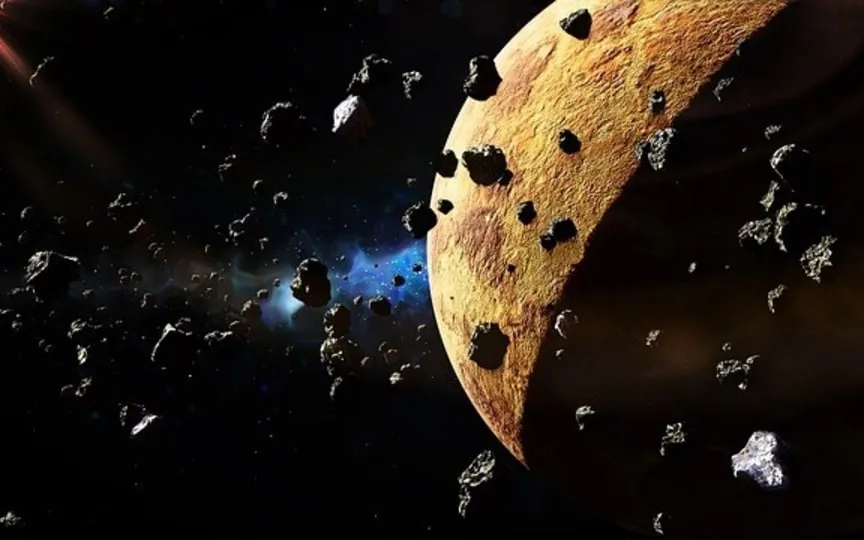NASA Unveils Details of Asteroid the Size of an Aircraft Approaching Earth
NASA has been diligently working on its Psyche mission for the past few years, but unfortunately, it has faced multiple delays in its launch. The highly anticipated space mission to the 16 Psyche asteroid, which is valued at more than Earth’s economy due to its abundant gold, nickel, and iron deposits, experienced its most recent setback on October 5. Originally scheduled to be launched via a SpaceX Falcon 9 rocket as part of NASA’s Discovery missions, the $1.2 billion mission had to be postponed. This delay has provided NASA with additional time to thoroughly reverify the parameters that govern the rocket’s nitrogen cold gas thrusters.
In a separate development, NASA has illuminated an asteroid that will pass very close soon.
Details of Asteroid 2023 SN6
According to details revealed by NASA’s Center for Near-Earth Object Studies (CNEOS), this asteroid, named Asteroid 2023 SN6, is expected to make its closest approach to Earth on October 4. Its orbit brings it as close as 4.8 million kilometers. The globe. Although this distance may seem large, it is astronomically smaller. It is estimated to travel at a speed of 30,564 kilometers per hour.
According to NASA, the asteroid approaching the Earth is not large enough to be classified as a potentially dangerous object. Asteroid 2023 SN6 is estimated to be nearly 86 feet across, which is not large enough to be classified as a potentially hazardous object. It is almost the size of an airplane.
It belongs to the Apollo group of Near-Earth Asteroids, which are space rocks that pass through the Earth and whose semi-major axes are larger than the Earth’s axis. These asteroids are named after the huge 1862 Apollo asteroid discovered by German astronomer Karl Reinmuth in the 1930s.
Psyche mission objectives
According to NASA, the Psyche spacecraft will orbit the 16 Psyche asteroids for 21 months to map the asteroid and learn about the asteroid’s structure, as well as learn about the formation of metal-core asteroids and planets. This is an important step in studying the formation of the Earth itself.
The goals of the mission are to determine the age of regions of the asteroid, study its formation, characterize the topography, and study the asteroid’s gravity increases with several scientific instruments, such as a multispectral camera, a magnetometer, a gamma ray and neutron meter, and more.




